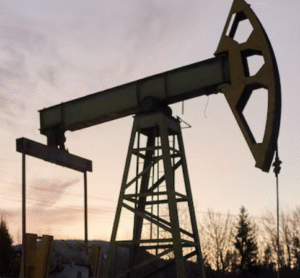$XOM $CVX $OXY
#PermianBasin #OilProduction #ShaleOil #PeakOil #EnergyMarkets #USOil #CrudeOil #HydraulicFracturing #GeologicalLimits #WaterScarcity #EnergyInvestment #SustainableEnergy
The Permian Basin, situated at the heart of U.S. oil production, has long been the jewel in the crown for shale oil firms. For over a decade, this basin has seen an unbridled surge in drilling activities, propelling it to the status of the top oil-producing region in the United States. However, recent developments suggest that this unparalleled growth era might be approaching its twilight. Geological constraints have started to emerge as a significant hurdle, with some parts of the basin hitting their limits while prospective drilling sites appear less promising compared to the highly coveted Tier 1 acreage. This situation raises crucial questions about the sustainability of the Permian’s oil boom and its implications for the future of energy.
Executives from leading shale oil companies have acknowledged the looming challenge, positing that Permian oil output could peak before the decade’s end. This forecast marks a pivotal shift in the narrative around U.S. oil production, which has historically been characterized by optimism and seemingly endless growth. The stark reality of geological limitations is a wake-up call for an industry that has relied heavily on the Permian’s bounty. As these prime plots of land become increasingly scarce, the focus shifts to the less productive and more challenging territories, hinting at reduced output and potentially higher extraction costs.
Moreover, the slowdown in oil production growth since 2022 underscores a broader trend affecting the industry. Factors beyond geology, such as water scarcity and environmental considerations, are also at play. Hydraulic fracturing, or fracking, the process that revolutionized oil and gas extraction from shale formations, is water-intensive. In arid regions like the Permian, water availability poses a critical constraint, influencing not only the feasibility of future drilling operations but also the social license to operate amidst growing environmental concerns. These challenges compound the complexity of sustaining growth in the basin, necessitating a strategic reevaluation of how and where oil companies allocate their resources.
In the face of these emerging realities, the energy sector stands at a crossroads. The potential peak of Permian production heralds a shift towards innovation, efficiency, and perhaps a greater emphasis on alternative and renewable energy sources. Companies and investors are thus urged to recalibrate their expectations and strategies, considering both the immediate impacts on oil supply and the broader implications for the global energy landscape. The transition may involve difficult adjustments and significant investment in technologies that can mitigate environmental impacts while meeting the world’s energy needs. This period of change underscores the need for a balanced approach to energy policy, one that aligns the imperatives of energy security, economic viability, and environmental stewardship.











Comments are closed.